In defense of Gloria Farley (sort of)
I am glad to see the letter by Mark McMenamin clearing up the question of the authenticity of the coin, these coins offer by Ms Farley as evidence has always bothered me.
Glory Farley was a self taught woman who upon finding the Heavener Rune stone made it a point to educate herself on the subject of rock carvings and find more examples of them in her home state of Oklahoma and eventually the entire United States.
In an effort to decipher the Ogham and Runic carvings she found she met Dr. Barry Fell who tutored her in the subject and took a keen interest himself. Unfortunately Dr. Fell was basically a novice in the area as well and once locked into the idea that the originators of the carvings were of Basque origin he went into a series of fanciful deductions that have since proved false.
Having been interested in the subject of ancient visitation to North America for many years I met with Ms Farley in 2002 and spend several hours’ discussion her theories. I do not agree with her decipherment of the Heavener Rune stone or several others that were proposed by Dr. Fell which led to a very lively and interesting argument.
On the subject of the coins we agreed on one thing only and that was the evidence shows that it was possible for the coins to have been minted in North America.
Copper has been mined in the Lake Superior area since around 5000 BC and it was mined in very large quantities! The amounts we are talking about are way beyond what the Native Americans could produce or use. Examples of Copper Culture are evident all over the continent but with the amount of Copper that was mined there should be many more examples found.
Native Americans did have the knowledge and ability to smelt and forge the Copper as examples of small furnaces can be found in many places but nowhere has there been found a furnace that could handle the amount mined.
Someone was mining and removing the Copper from the Lake Superior sites and if not the Native Americans then who was it?
Ms Farley believed with all her heart that the coins were genuine and I am sure we can forgive her for this considering the wealth of other work she has done in the area, no one can be right all the time. I am also sure that she would still argue their authenticity if she were still around.

Merlyn

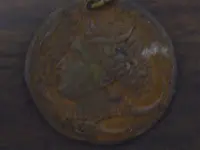


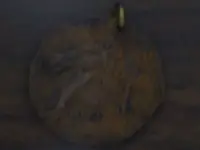
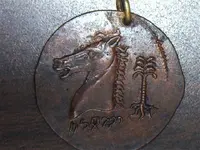
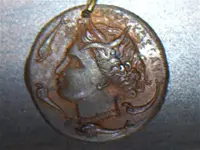
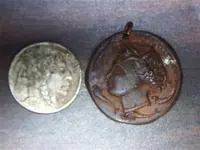


![ancient_carthage_copy[1].webp](/data/attachments/307/307987-315aef6f6253b645ad2564d811e49c96.jpg?hash=YYhLwrKkl1)



 and the reply from Mark McMenamin very much appreciated
and the reply from Mark McMenamin very much appreciated 



